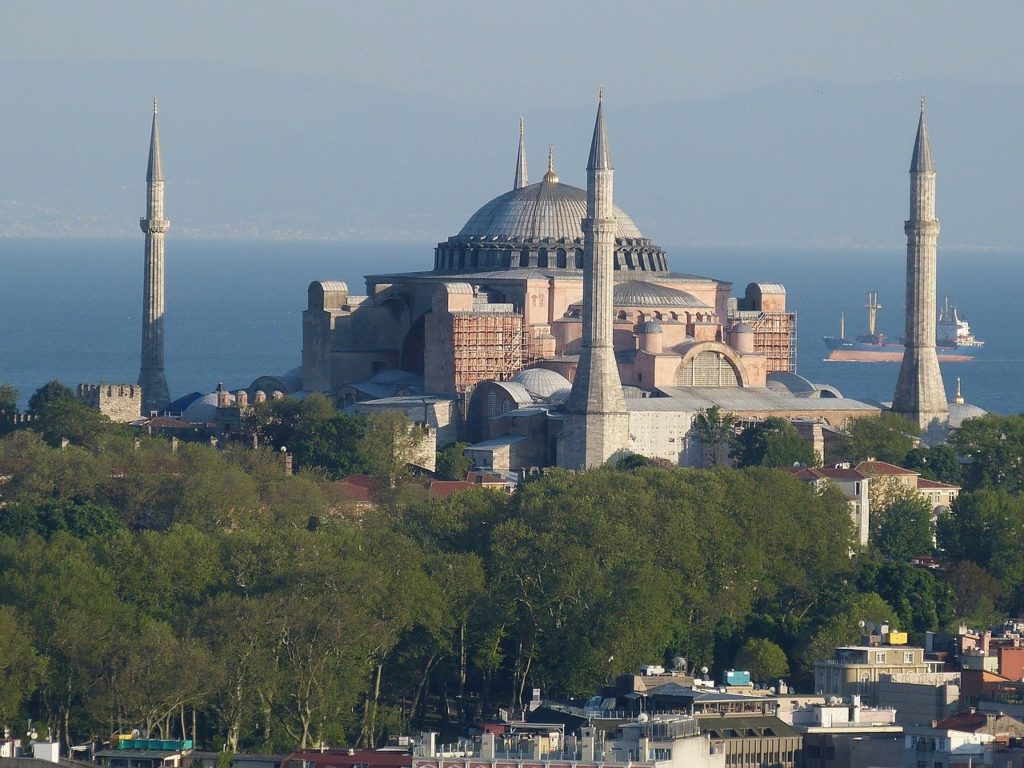Europe has a plethora of magnificent buildings and among the most impressive are cathedrals, dating back centuries. Here’s a rundown of what we consider to be the 7 best cathedrals in Europe.
Santa Maria de la Sede Cathedral (Seville, Spain)
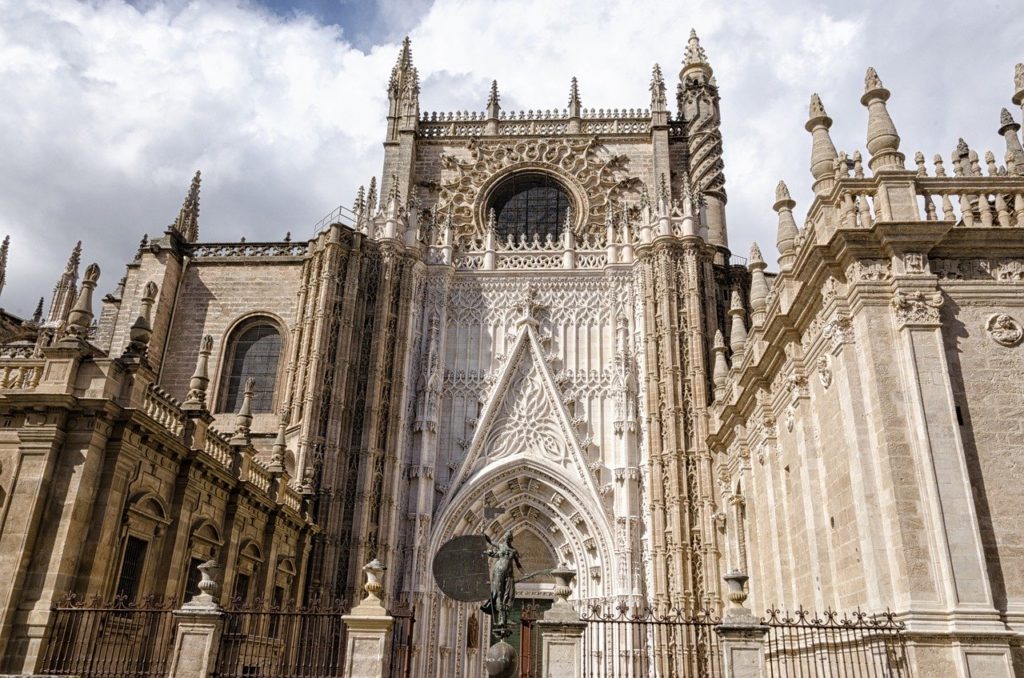
Seville’s cathedral is the largest gothic cathedral in the world and is a recognised UNESCO World Heritage Site. Built between 1401 and 1528, this colossal cathedral stands on the ground of the great 12th-century Almohad Mosque, with the mosque’s minaret (La Giralda, now the bell tower) still standing beside it.
The cathedral is home to an art gallery, which displays work from the likes of Zurbarán, Murillo and Goya. The tomb of Christopher Columbus is also here.
It is the pride of Sevilla and one of the main tourist attractions so if you are going there it would be wise to book a skip-the-line ticket here.
St. Peter’s Basilica (Vatican City)
St. Peter’s Basilica is probably the most famous cathedral in the world and truly is a monumental structure. It is the largest cathedral on earth, with a 211.5 metre-long nave and a dome of a 42 metre diameter, making the structure an impressive 132.5 metres high. Once you step foot inside, you truly realise the enormity of it – the inside of St. Peter’s is large enough to accommodate 60,000 guests!
The interior is very grand, featuring sculptures from artists such as Michelangelo and many paintings, which are replicas due to the humidity of the cathedral affecting the oil – the originals can be found in the Vatican Pinacoteca.
Entry is free but ensure your knees are covered. Women should also ensure they can cover their arms as a strict dress code is usually enforced.
Notre Dame (Paris, France)
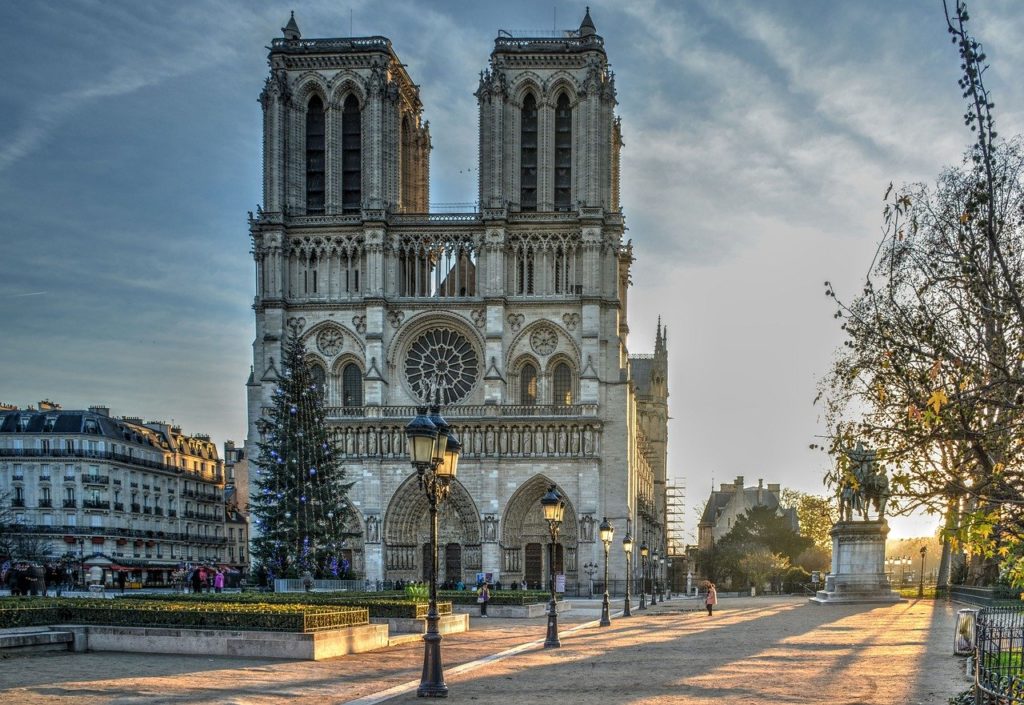
Building of Notre Dame cathedral began in 1163 and took 170 years to complete and is a prime example of French Gothic architecture. The building became popularised thanks to the Victor Hugo’s novel, The Hunchback of Notre Dame, published in 1831 and it is now the most visited tourist attraction in Paris, surpassing even the Eiffel Tower in terms of visitor numbers, with 13 million each year. However, it isn’t just a tourist attraction, as it remains an active Catholic church, a place of pilgrimage and the focal point for Catholicism in France.
Entry is free for people aged under 26, so ideal for most Interrailers! You have to pay to climb the towers, but being right on the Seine, it offers breathtaking views across the whole of Paris so is worth the money. Notre Dame is also particularly impressive in the evening as the sun beams through the beautiful stained glass windows.
Hagia Sophia (Istanbul, Turkey)
The Hagia Sophia, which means “holy wisdom”, is a cathedral like no other and was built in the 6th century under order of the Byzantine Emperor, Justinian I. It is the most important Byzantine structure and one of the world’s great pieces of architecture. It was built in just six years and operated as a Christian cathedral for 916 years until the Fall of Constantinople in 1453, marking the end of the Byzantine Empire. It was then converted to a mosque and remained as such until 1935, when it was converted into a museum. It remains a museum today.
The building spans across two floors, featuring many Byzantine mosaics, which are still being uncovered today. The most famous mosaic is Deësis Mosaic, located at the entrance of the South Gallery, through the Marble Door.
The Hagia Sophia inspired the Blue Mosque and both attractions are very busy. You can book them both in advance, skip the queues, and enjoy guided tours here.
Kölner Dom (Cologne, Germany)
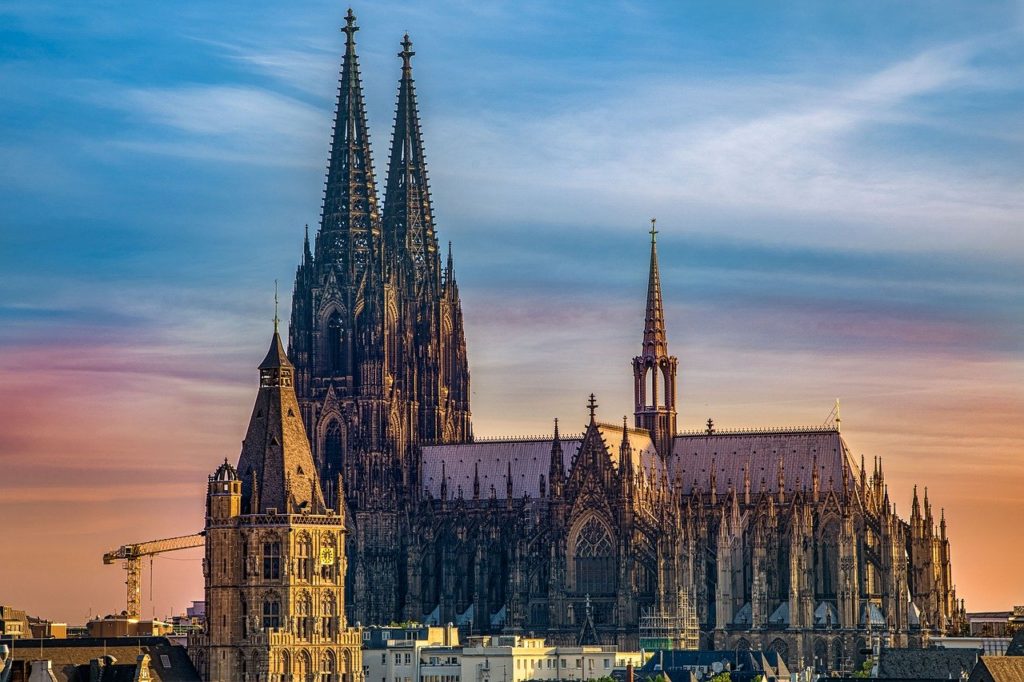
This is Germany’s most dramatic Roman Catholic cathedral. It’s the largest Gothic cathedral in Northern Europe and its soaring twin spires are the second tallest after Ulm Minster, also in Germany. In 1248, building commenced in the French Gothic style but proceeded very slowly and was eventually halted in 1560 when funds ran out. The cathedral remained half-built for nearly 300 years and even endured a stint as a stable and prison when Napoleon occupied the town. Some decades later, a generous cash infusion from Prussian King Friedrich Wilhelm IV finally led to its completion in 1880, 632 years after it started. Fortunately, it escaped WW2 bombing raids with just a shrapnel wound.
Located right in the middle of Cologne and next to the train station, you can’t skip it out while sightseeing in the West German city. Climb the 95 metre south spire – a cool 533 steps – to get great views over Cologne. On your journey up the steps to the viewing platform, you can take a breather and check out the 24-tonne Peter Bell, which is the largest free-swinging working bell in the world. It’s well worth spending the €1 for an information pamphlet to enhance the experience.
Sagrada Familia (Barcelona, Spain)
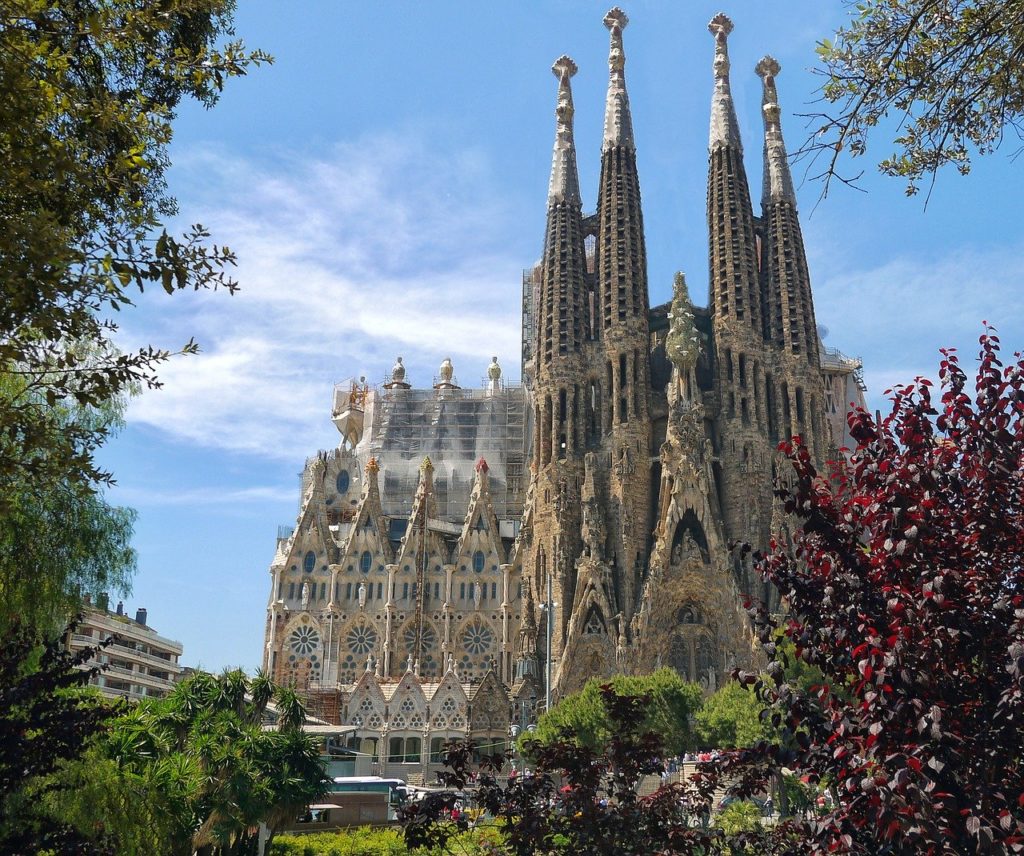
Work begun on the Antoni Gaudi-designed Sagrada Familia in 1882 and it still hasn’t been completed. While it is in its final stages of construction, with just six more towers to be added, it won’t be until 2026 before it is finished, which will coincide with the centenary of Gaudi’s death. Nevertheless, the Sagrada Familia is simply breathtaking inside and out and, despite not being finished, is truly a feat of engineering.
The detail on the building is amazing and you really must look at it very closely, in all the crevices, to appreciate the true skill of Gaudi. It is well worth getting the audio guide to make sure you don’t miss any hidden symbols, carvings or hidden wonders. Inside, marvel at the stunning towers, museum, and school.
It is not just the most visited attraction in Barcelona, but in the whole of Spain, so queues are a given. We recommend pre-booking online to get a queue jump – you can do so here.
Duomo (Florence, Italy)
The Cattedrale di Santa Maria del Fiore, more commonly known as the Duomo, has to be one of the most spectacular cathedrals in the world and is the fourth largest behind St. Peter’s Basilica in Rome, St. Paul’s Cathedral in London and the Duomo in Milan. Construction started at the end 13th century, with the building’s spectacular dome being added in the 1400s based on the design of Filippo Brunelleschi, but wasn’t complete until the 19th century, when the façade was finally complete
Impressive from all angles, both inside and out, a visit to Florence isn’t complete without venturing inside and climbing up to the top of the dome, where spectacular views across the red rooftops of Florence can be had. You can enter the cathedral for free but need to pay to get access to the dome and the adjacent campanile tower.
So there we have it! Did we miss out one of your favourite cathedrals? Has it inspired you to travel somewhere you have yet to go? Let us know!
